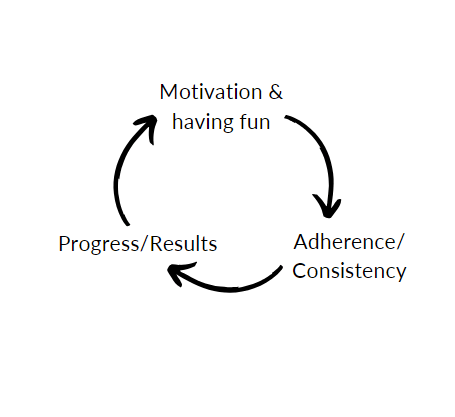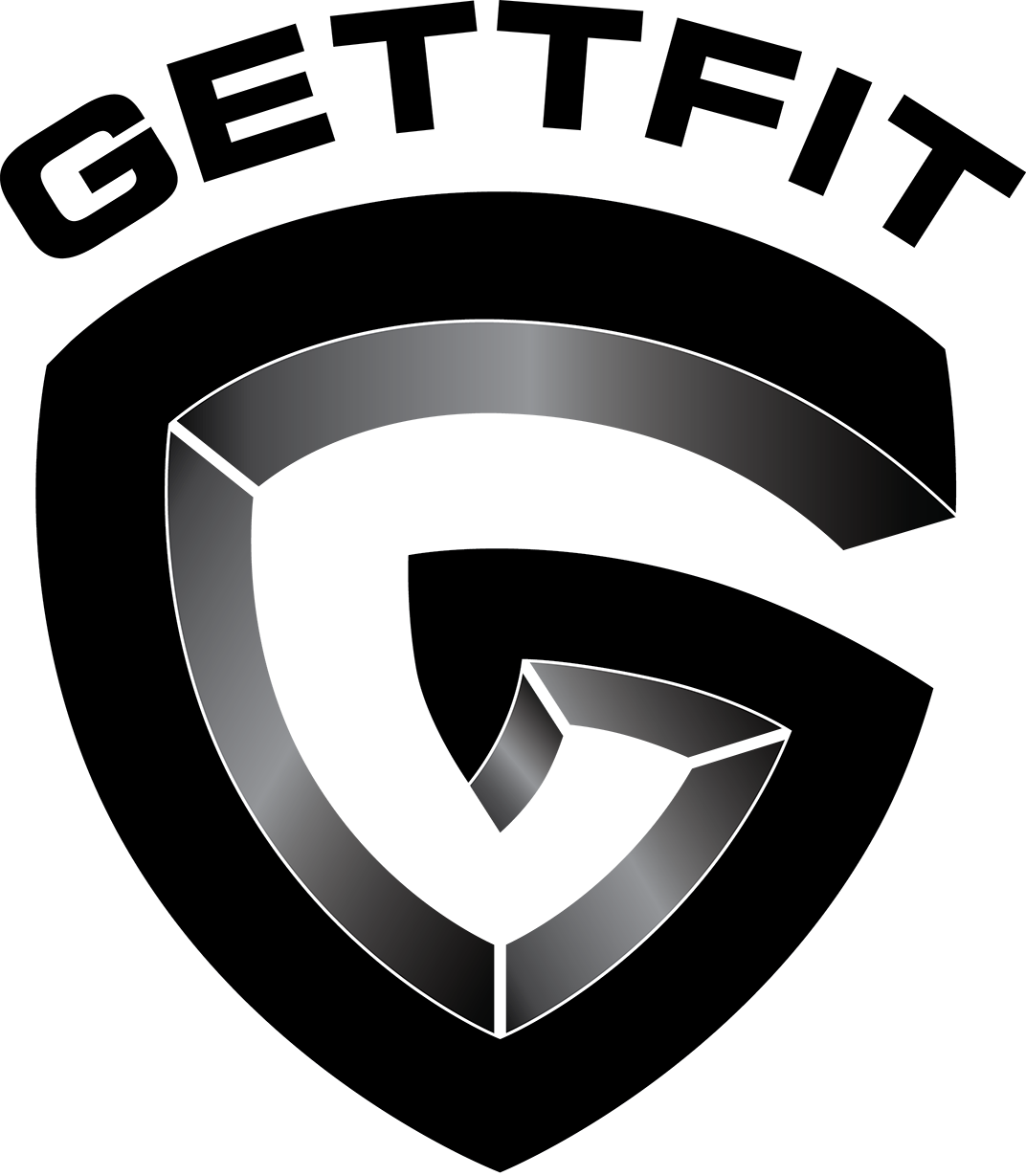How To Track Your Workouts For The Best Results

It’s easier to improve what gets tracked, and tracking your workouts is one of the most simple ways to improve the effectiveness of your workouts. Improve that, and more muscle and strength will follow. Alongside proper nutrition and adequate rest, progress in the gym is key for building the body you want.
What Happens When You Don’t Track Your Workouts
If you’re not tracking your workouts, you’re guessing. You’re guessing what weight to use and how many reps to do. Maybe you don’t even have a plan for what exercises you’ll do in the gym.
Instead, you stroll into the gym without a structured approach, and just wing it. No preparation or planning with a purpose, just random exercises each week based on how you feel, not what’s effective. This approach is inefficient and won’t get you the results you want. You’re spending time in the gym, but not getting much out of the effort you’re putting in. While I applaud the consistency of showing up, you also need to be consistent with what you do in the gym, and how you do it.
If you don’t track your workouts, you’ll probably be either
- Too aggressive with adding weight
- Too comfortable and never push yourself
You could injure yourself by adding weight too aggressively, and you can’t workout the way you want if you’re injured. That’s not fun. You’ll also hit a plateau much sooner in your training if you add weight too aggressively.
Likewise, not working hard enough can also stop you from seeing the results you want. You won’t see much change in your body if you always stick with what’s comfortable, and never push beyond that. You won’t be giving your body a reason to get bigger and stronger if you don’t work hard enough, like lifting more weight or squeezing out that extra rep. You’ll get too comfortable and keep doing what you’ve done in the past. If you keep doing what got you to where you are, you’ll stay where you are. Eventually, something in your training needs to change. Progressive overload needs to happen.
What Happens When You Track Your Workouts
When you track your workouts, you can identify what works. If you’re not making progress, you know what’s not working and that something needs to change. You can make smart and effective changes to your training that will help bust through plateaus and get progress going again.
When you track your workouts, you can recognize your progress, or the lack thereof. Progress is one of the most powerful sources of motivation. If you’re motivated and having fun, you’re much more likely to continue to be consistent. This creates a cycle of high levels of motivation and enjoyment that fuels consistency, and therefore results. The results help sustain the motivation and enjoyment, and the cycle continues. Going to the gym is much more enjoyable when you can see yourself making progress because you have documented proof of it.

What Exactly Should I Track, and How?
I recommend tracking at least these four things
- Exercises
- Sets
- Reps
- Weight lifted
You can also track things like
- Time of day
- Body weight
- Warm up sets
- Workout duration
- Rest periods between sets
- The setting of the seat or any other adjustments on a machine
- RPE (Rating of Perceived Exertion) or RIR (Reps In Reserve)
- Your energy, mood, motivation, stress, sleep, nutrition, notes about your form, or anything else that could have an impact on your workouts. For women, you might even note phases of your menstrual cycle as this can impact your performance in the gym.
I prefer to keep it simple and just log the exercises being done, sets, reps, weight, and the settings on equipment that is adjustable, like the seat height.
There are many ways to go about tracking your workouts. Here’s a list.
- The “Notes” app on your phone for iPhone, or an Android equivalent of that note-taking app.
- Google Sheets or Microsoft Excel
- Google Docs
- Evernote
- Pen & paper
- I’ve seen many people track with pen & paper to reduce phone time in the gym, then transfer it Google Sheets at home.
- Hevy
- Strong
- FitNotes
- RepCount
- GymLog +
- Jefit
I track my workouts using the “Notes” app on my iPhone. Here’s what it looks like.
Step 1: Create a folder for each kind of workout. For example, if you are doing push/pull/legs, you’d have a push, pull, and legs folder.

Step 2: Create a new note for each individual workout

Step 3: Track what you do in the gym. I’m resting between sets, so I take that time to quickly punch in what weight I lifted and for how many reps.

Step 4: When it’s time for me to do that workout again, I copy and paste the previous workout into a new note. Now I have last times exercises, weight, sets, and reps. Now I know what weights and reps to do this week. It’s important to make progress over time. So I’m always trying to do more reps or lift more weight while keeping my technique consistent, or refining it and making it even better.
Next Steps For You
I’m always surprised by how few people track their workouts. Many people come to me for coaching, and have never tracked their workouts. This is one of the first things I have them do, and it always improves their results. They get stronger, build more muscle, and become more efficient in the gym. I have my clients track their workouts in Google Sheets where I can see all of their workouts. Being able to see their workouts adds an extra layer of accountability and allows me to ask the right questions. I can see where they’re making progress and where they are stuck, and this allows me to make the appropriate changes to their training program.
Start tracking your workouts, and watch your results improve. You’re resting between sets anyways. You might as well take that time and do this tiny thing that will take 10 seconds and help you get better results. Choose any of the methods mentioned throughout this article. It might take you a few tries to find what form of tracking your workouts you prefer. I think you’ll find you’re more accountable, consistent, motivated, and finally getting the results you want from the work you’re putting in.
